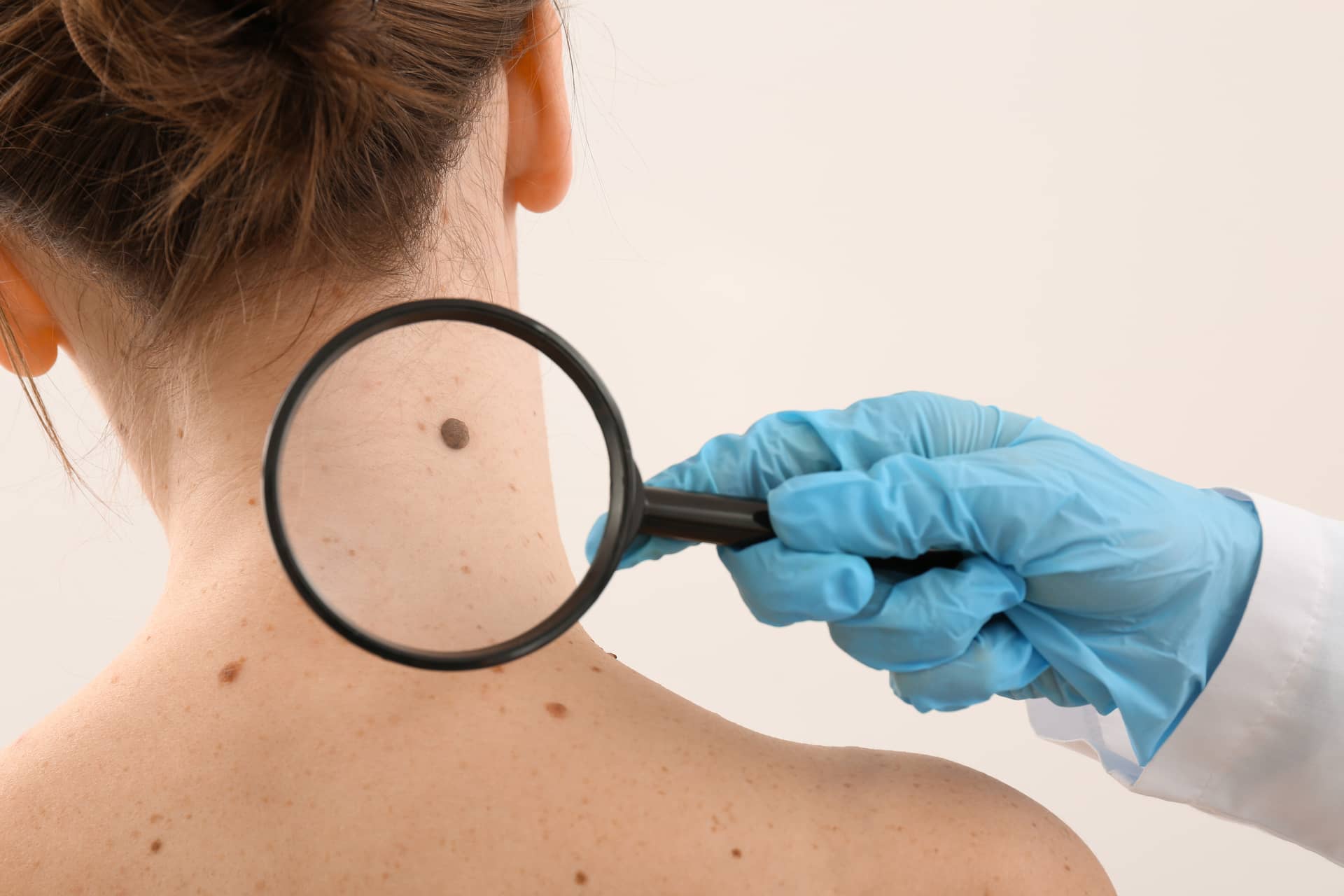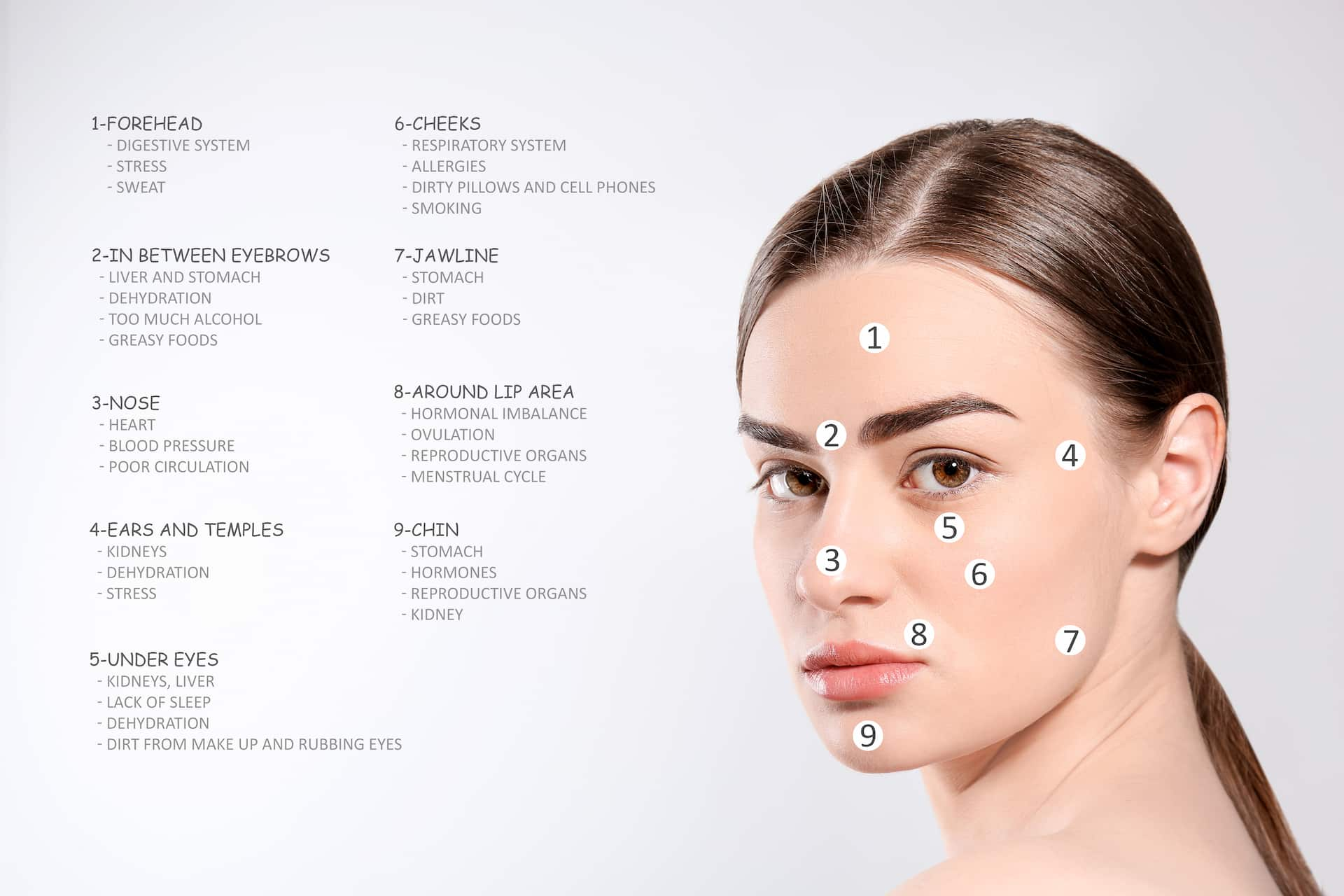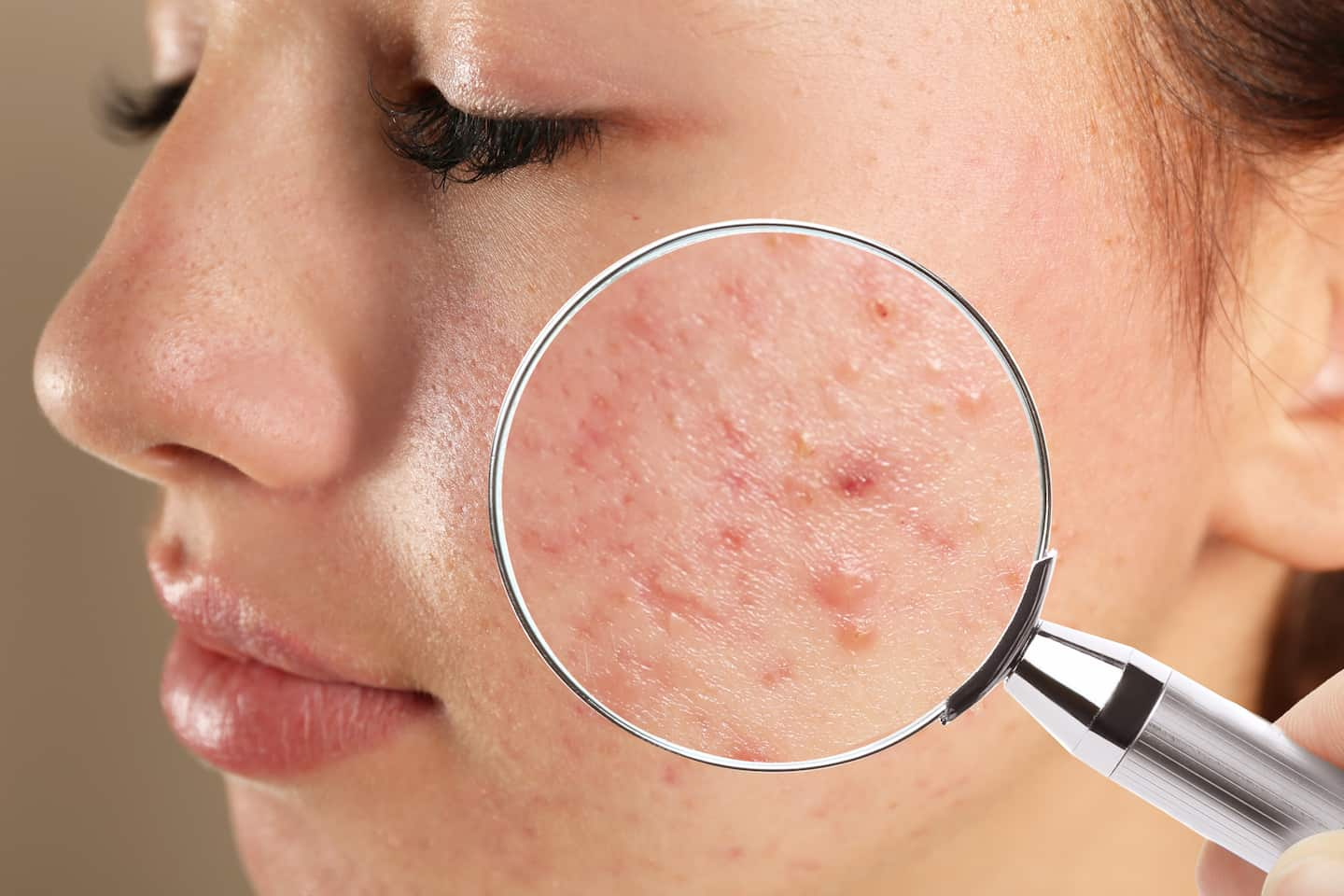
Different Types of Moles
Moles are common skin growths that can appear anywhere on the body. While most moles are harmless, some types of moles can indicate an increased risk of skin cancer. With so many different types of moles out there, it can be challenging to know which ones to keep an eye on.
In this article, we’ll explore the different types of moles you should know about, their characteristics, and why it’s essential to check your skin regularly for any changes. By the end of this article, you’ll have a better understanding of how to identify different types of moles and how to reduce your risk of developing skin cancer.
What Is a Mole?
A mole, also known as a nevus, is a common skin growth that occurs when pigmented cells called melanocytes grow in clusters. Moles can appear anywhere on the body, and they can vary in size, shape, color, and texture. Most moles are brown or black, but they can also be red, pink, or flesh-colored. Some moles may be flat or raised, and they can have hair growing out of them.
Moles can develop at any age, but they tend to be more common in childhood and adolescence. It’s not uncommon for adults to have anywhere from 10 to 40 moles on their bodies. While most moles are harmless, some types of moles can indicate an increased risk of skin cancer. It’s essential to know what to look for when examining your skin for moles and to have any suspicious moles checked by a dermatology specialist so that moles can be removed.
What Are The Types Of Moles?
There are several types of moles, and each type can vary in appearance and potential risk for skin cancer. Here are the most common types of moles you should know about:
Junctional moles: These moles are usually round or oval and are flat or slightly raised. They are usually dark brown or black and can appear anywhere on the body. Junctional moles are usually harmless but can become cancerous if they change in color, size, or shape.
Compound moles: These moles are slightly raised and can be light to dark brown. They have both a flat and raised component and can be found anywhere on the body. Like junctional moles, compound moles are generally benign but can develop into melanoma if they change over time.
Dermal moles: These moles are usually flesh-colored or light brown and have a raised, soft, and fuzzy appearance. They are usually found on the upper body, and unlike other types of moles, they tend to develop later in life. While dermal moles are generally harmless, they can become cancerous if they change in color, shape, or size.
Blue nevi: These moles are typically blue or blue-gray and have smooth, dome-shaped surfaces. They are usually found on the scalp, face, and back of the hands, and they tend to develop in adolescence or early adulthood. While blue nevi are usually benign, they can become cancerous in rare cases.
Atypical or dysplastic moles: These moles can appear similar to melanoma and have irregular shapes, uneven colors, and uneven borders. They are often larger than typical moles and can be found anywhere on the body. Atypical moles have a higher risk of developing into melanoma than other types of moles, so it’s important to monitor them closely and have them checked by a dermatologist.
Understanding the different types of moles is essential to identify any changes or potential risks for skin cancer. It’s essential to check your skin regularly for any new or changing moles and to have any suspicious moles checked by a dermatologist.
Where Do Moles Most Commonly Occur?
Moles can occur anywhere on the body, including areas that are not exposed to the sun. However, moles are more commonly found in areas of the skin that have been exposed to the sun, such as the face, neck, arms, and legs. They can also appear in areas that are frequently rubbed or irritated, such as the back or chest.
In addition to sun exposure, genetics can also play a role in the development of moles. People with fair skin, red or blonde hair, and light-colored eyes are more likely to develop moles than those with darker skin. Family history can also increase your risk of developing moles, as some types of moles are inherited.
It’s important to note that moles can appear anywhere on the body, so it’s essential to check your skin regularly for any new or changing moles. By monitoring your skin, you can detect any unusual growths early and seek treatment if necessary.
Why Should I Check My Skin for Moles?
Regularly checking your skin for moles is an essential part of maintaining good skin health. Moles can be a sign of skin cancer, which is the most common form of cancer in the United States. Detecting skin cancer early is crucial for successful treatment and can significantly improve your chances of a full recovery.
Checking your skin for moles also allows you to monitor any changes in your skin over time. If you notice any new or changing moles, it’s important to have them checked by a dermatologist. While most moles are harmless, some types of moles can indicate an increased risk of skin cancer.
Additionally, checking your skin for moles is a simple and effective way to monitor your overall skin health. By practicing good sun protection habits and examining your skin regularly, you can reduce your risk of developing skin cancer and maintain healthy, beautiful skin.
What Should I Look for When Examining My Skin Moles?
When examining your skin for moles, there are several things you should look for. These include:
Asymmetry – One half of the mole does not match the other half.
Border irregularity – The edges of the mole are not smooth, but instead are ragged, notched, or blurred.
Color – The mole is not a uniform color, but instead has different shades of brown, black, tan, red, or pink.
Diameter – The mole is larger than a pencil eraser, which is about 6mm in diameter.
Evolving – The mole is changing in size, shape, or color, or if it starts to bleed or itch.
If you notice any of these characteristics in your moles, it’s essential to have them checked by a dermatologist. While most moles are harmless, some types of moles can indicate an increased risk of skin cancer. By detecting any unusual growths early, you can seek treatment if necessary and reduce your risk of developing skin cancer.
Can Moles Be Prevented?
While it’s not possible to prevent all moles from developing, there are steps you can take to reduce your risk of developing new moles and to protect your skin health.
One of the most effective ways to prevent new moles from developing is to protect your skin from the sun. Sun exposure is a significant risk factor for the development of moles, and it can also increase your risk of skin cancer. To protect your skin from the sun, it’s essential to wear protective clothing, such as long-sleeved shirts and wide-brimmed hats, and to apply a broad-spectrum sunscreen with an SPF of 30 or higher every day.
In addition to sun protection, maintaining a healthy lifestyle can also help to reduce your risk of developing new moles. Eating a healthy diet that’s rich in fruits, vegetables, and whole grains can help to support your skin health, while staying hydrated can help to keep your skin moisturized and supple.
If you have a family history of moles or skin cancer, it’s also important to have regular skin exams with a dermatologist. Your dermatologist can monitor any existing moles and check for new growths, helping you to catch any potential skin issues early on.
The Study for Types of Moles
Recent research published in the Journal of the American Academy of Dermatology highlights the importance of regular skin examinations. The study found that individuals who had their moles and skin regularly checked by a dermatologist were more likely to detect skin cancer at an early, more treatable stage. This emphasizes the significance of professional skin examinations in detecting skin cancer and associated risks early. Monitoring your skin for changes and having regular check-ups with a dermatologist, as mentioned in this article, can be vital in maintaining skin health and preventing skin cancer.
Understanding Types of Moles
In conclusion, moles are common skin growths that can vary in size, color, and shape. While most moles are harmless, some types of moles can indicate an increased risk of skin cancer. It’s important to regularly check your skin for moles and to have any suspicious moles checked by a dermatologist. By following sun safety tips and taking care of your skin, you can reduce your risk of developing moles and skin cancer.



